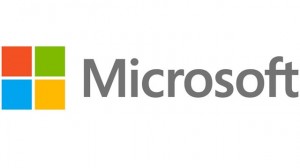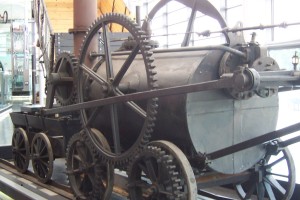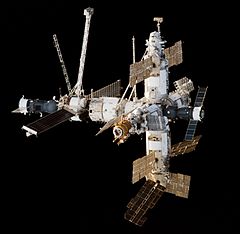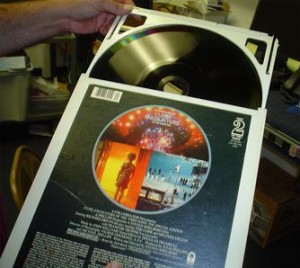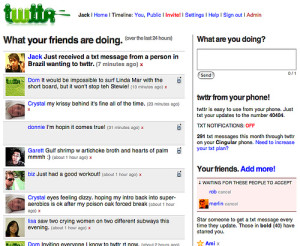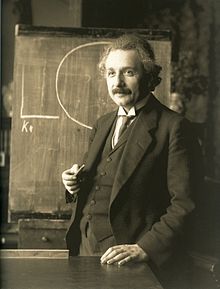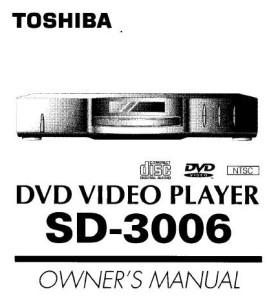March 26, 1976: Altair Computer Convention
Subscribe! Spotify | RSS | More
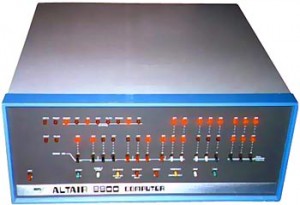
1976 – The First Annual World Altair Computer Convention is held at the Airport Marina Hotel near Albuquerque, New Mexico. Bill Gates opens the convention with his position on software piracy.
Of course, it was all about the Altair 8800. MITS (Micro Instrumentation and Telemetry Systems) was a computer that came in kit form where you could build and improve upon it.

Subscribe to Day In Tech History:
RSS Feed - iTunes - Android - Spotify - iHeartRadio
Facebook -
- RSS Bandwidth by Cachefly Get a 14 Day Trial
- Join me on Patreon and support Day in Tech History
- Tablet PC Initiative
- Kevin Mitnick pleads guilty
- Dr. Who comes back out of mothballs.




